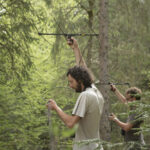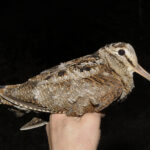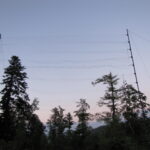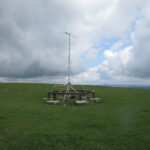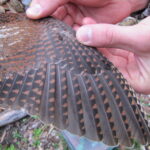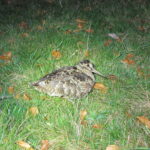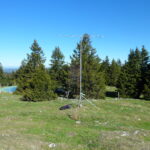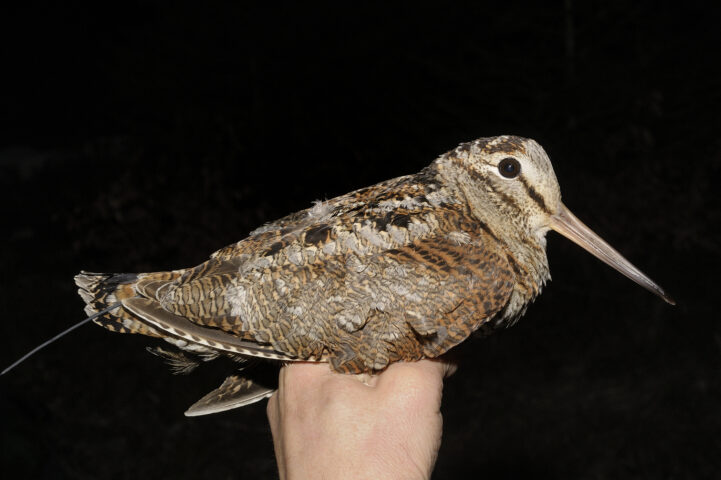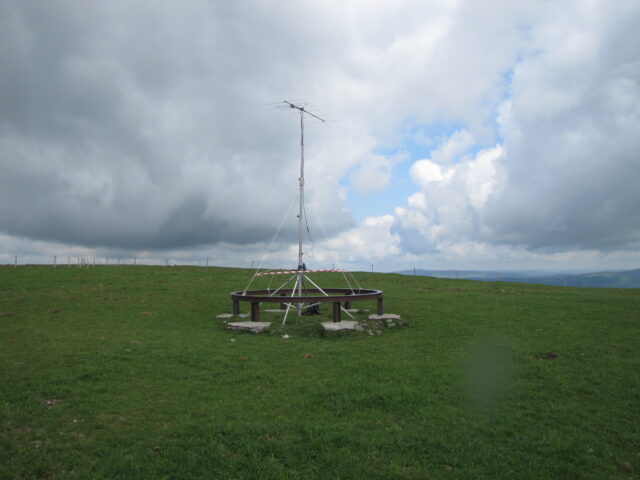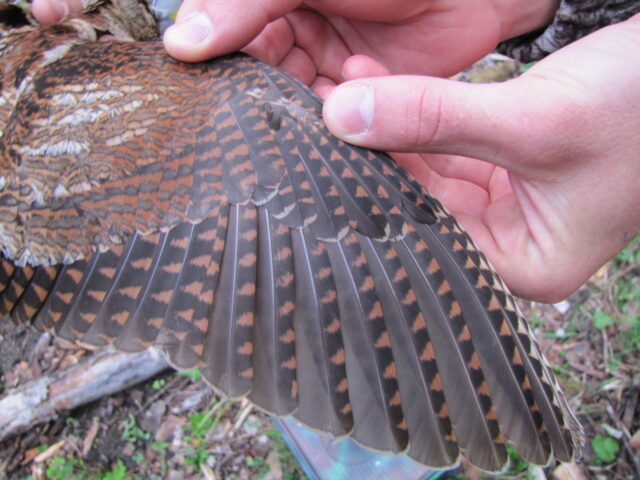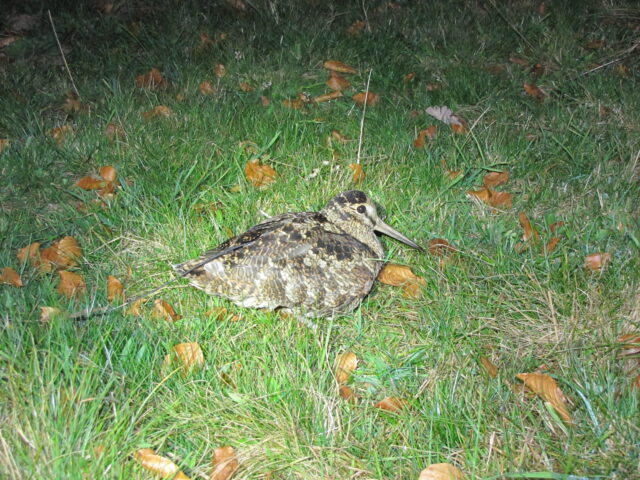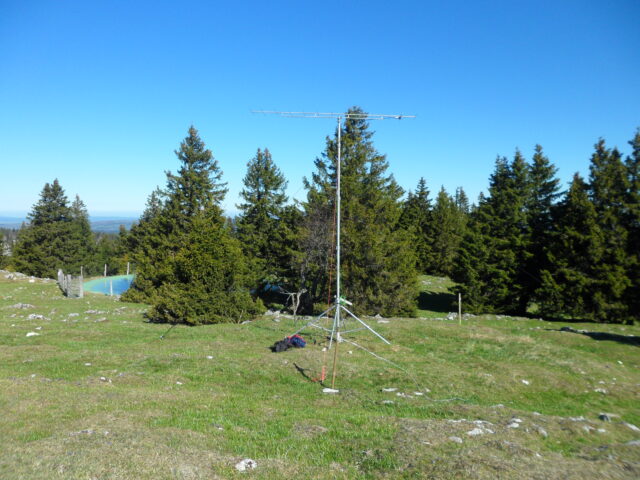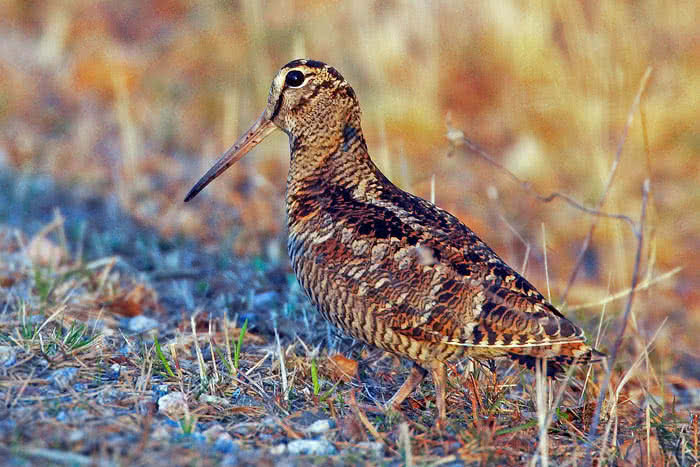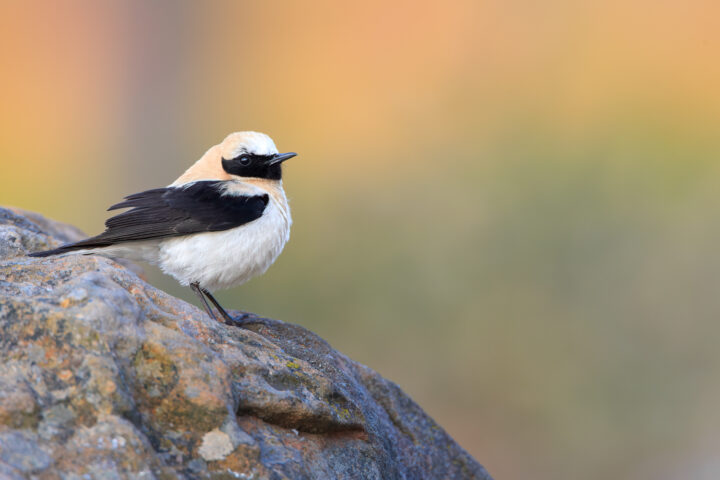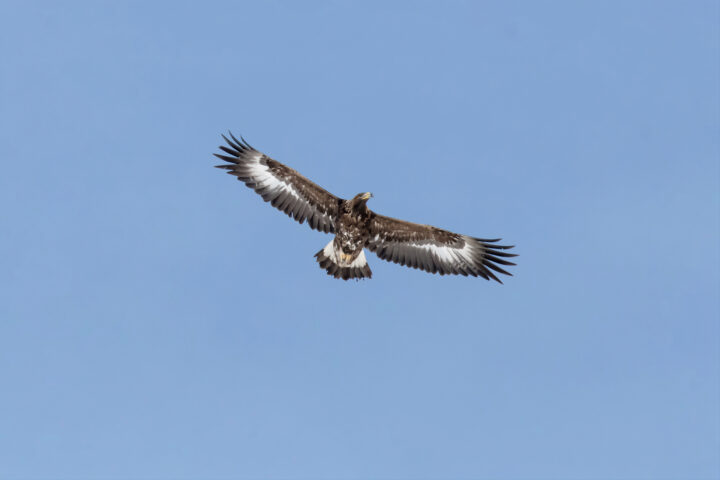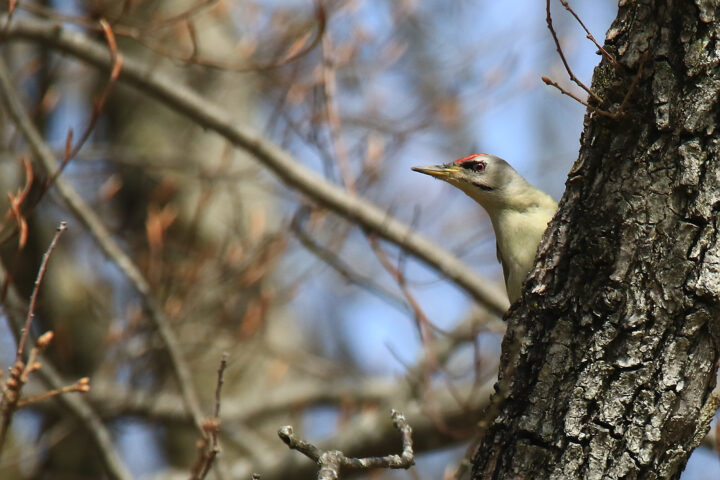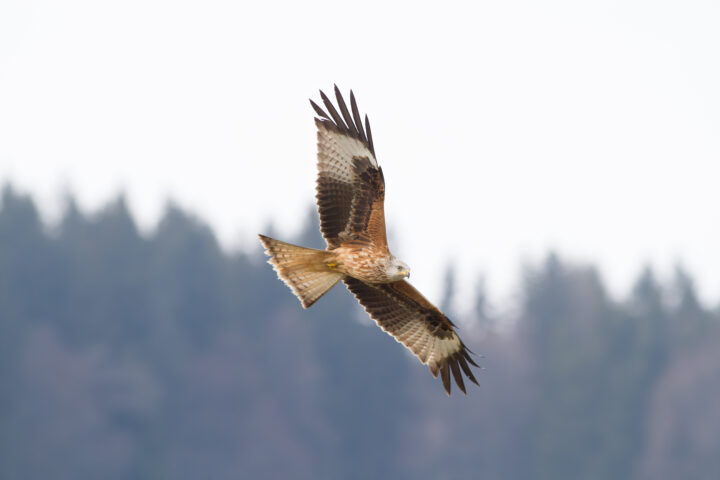The Eurasian woodcock is one of the most clandestine bird species, and the ecology in the breeding grounds remains largely unknown. At the same time, the Swiss populations are declining, and taking conservation actions is likely to become necessary in the near future. In order to define the efficient measures, better knowledge about the preferred habitats and seasonal migration is needed.
Eurasian Woodcock
Eurasian Woodcock
Eurasian Woodcock
Eurasian Woodcock
Eurasian Woodcock
Eurasian Woodcock
Habitat preferences and autumnal migration start in the Eurasian woodcock
Insights into movements of a clandestine forest bird
Domain
Research
Unit
Ecological research
Topic
Ecology, Migratory Birds
Habitat
forest
Project start
2015
Project status
ongoing
Project management
Martin Grüebler
Project region
Neuchâtel, Vaud
Project team members
Betroffene Vogelarten
Unit
Ecological research
We investigate the diverse interactions of birds with their environment, from individual settlement behaviour to species communities.








